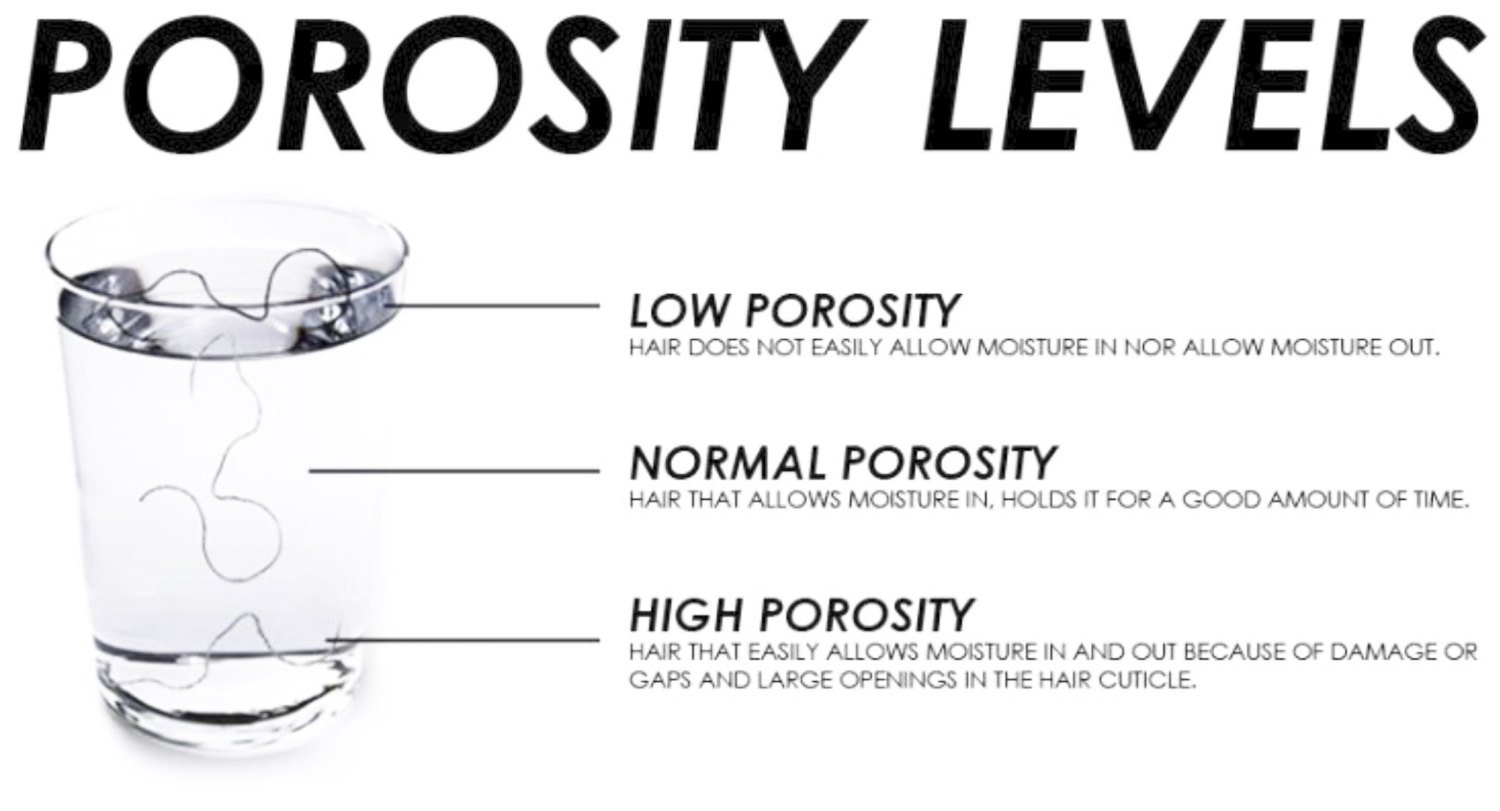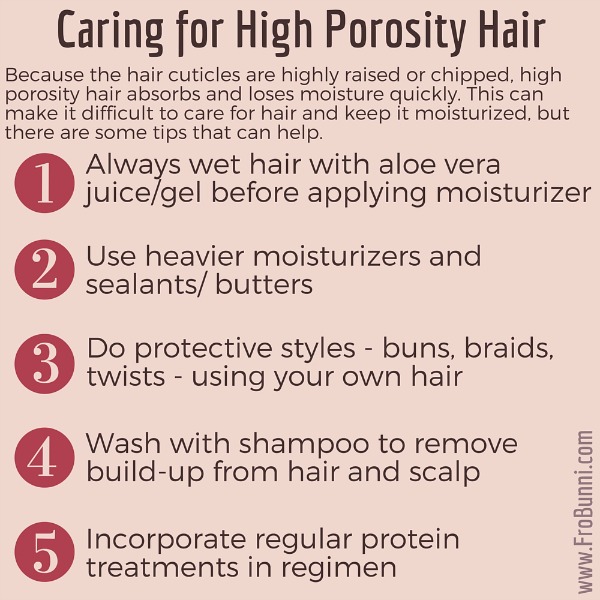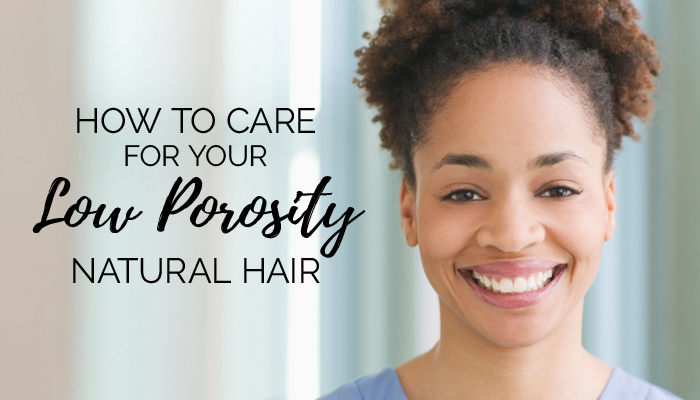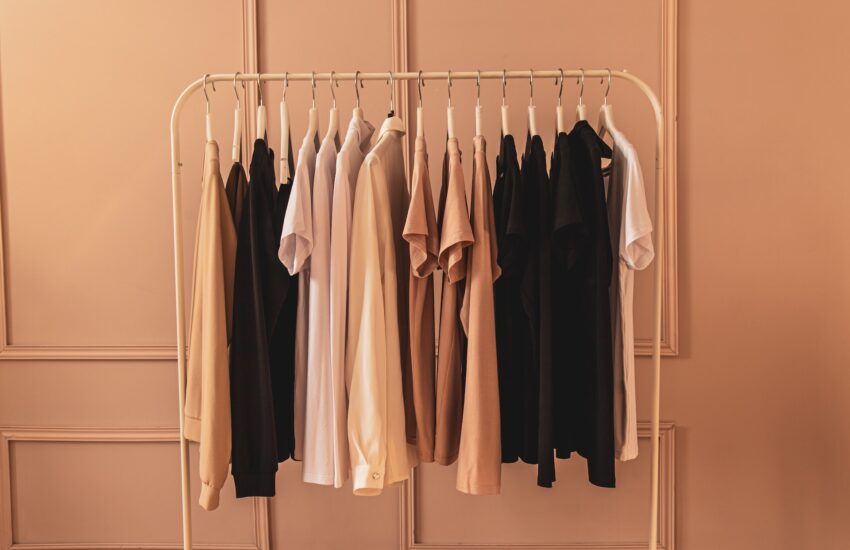Got Porosity in 2018?
No, no, porosity isn’t some kind of disease or infection. It’s a natural ability that everybody’s natural hair or hair extension has. Your hair’s porosity is its ability to absorb and retain moisture. Porosity levels vary from person to person. Some individuals’ hair has lower porosity levels whereas others have much higher porosity levels. Hair that has a higher porosity level intake moisture quite easily while having a difficult time holding onto it. Hair that has a lower level of porosity behaves in the opposite manner. Keep in mind, however, that not every one’s hair is either low or high in porosity; many individuals’ hair is somewhere in between. Think of porosity as a spectrum that everybody’s hair falls on.
How Do I tell if I have Low Porosity Hair?

Typically speaking, damaged hair generally has a higher porosity level. Hair that has a high level of porosity has lots of gaps and holes in the cuticle. This allows an excess of moisture to come into the hair, resulting in tangling and fizziness in humid conditions.
Hair that is low in porosity is often considered to be healthy hair. It usually has a nice shine to it. However, low porosity hair is keen to conditioner and protein build-up, which can result in it becoming stiff if left unmaintained.
To determine whether or not your hair has low or high porosity, do the floating water test.
The Floating Water Test: Testing Your Hair’s Absorption and Retention
The floating water test is super easy. There are only three steps, which are as follows:
- Drop a few individual strands of your hair into a bowl of water.
- Allow the hair strands to sit in the bowl of water for approximately 2 to 4 minutes.
- If your hair strands are observed floating after a few minutes, that means your hair has a low porosity level. If your hair strands sink, that indicates you have a high porosity level.
Cool stuff, right? You may learn more about hair testing here.
What increases the porosity level of my natural hair?
Porosity levels depend on a number of factors. One is genetics, which you have no control over. Some people are more prone to either a higher or lower level. Additionally, though, your environment plays a significant role. This includes the use of harsh chemicals, heat damage, and overexposure to the sun’s damaging rays.
Is there anything I can do about high porosity?

You are in luck! There are treatments available that can significantly reduce porosity levels. These treatments use a protein compound that attaches to your hair and fills in the “holes” in your hair’s texture. Make sure you only use protein treatments for the manufactured specified times because if the treatments are left on too long, your hair can become overly dry.
In addition to protein treatments, there are also special conditioners available that contain a light acid that acts similarly to protein treatment.
What if I have low porosity hair? How do I take care of it?

Count yourself lucky if your hair has a low porosity level. As previously mentioned, this is considered to be healthy hair. However, to keep your hair in its healthy state, you have to do a little maintenance here and there.
The following are some tips you can use to take care of your low porosity hair and keep it moisturized:
- Always Prep Your Hair
-
-
- About an hour prior to washing your hair, apply your prep treatment. Your prep treatment should be a natural type of oil or butter that can penetrate the low porosity hair. This will add softness to your natural hair.
-
- Always Deep Condition Your Hair
-
-
- After washing your hair, apply a deep conditioner and let it sit for about 30 minutes. Your hair may require a little bit of heat in order to the deep condition to set in. Consider using a thermal cap or hooded dryer.
-
- Make Sure Water Is Your BFF
-
-
- Since water is the essence of moisture, you definitely don’t want to forget about it when keeping your low porosity hair healthy. In fact, water is the best moisturizer. When you are applying conditioner or another moisturizer, make sure your hair is at least damp. Try to ensure all parts of your hair are evenly wet. This can be achieved by parting your hair and using a spray bottle.
-
- Keep The Moisture in With Oil
-
- Because low porosity hair does not like to retain moisture, you must seal in the moisture with natural oil. Apply the oil after you have conditioned.
Now you know all about hair porosity and why it’s so important to know your hair. Figure out what your porosity level is and better formulate your routine. Your hair will love you for it.



i have a question? if i use warm water on my hair and then i use some oil and then i use cold water on my hair. its good for my hair to moisturizing. i want your opinion.
I have got the benefits of using Aloevera gel on my wet hair to moisture. This is a very effective treatment for the porosity of hair loss. Finally, I got relief from the hair fall problem. Thanks for your article.